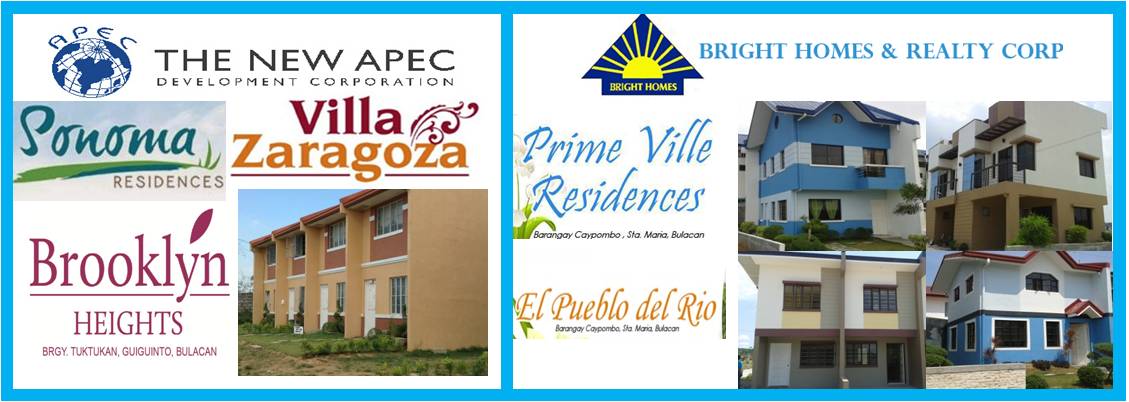Brief History of Bulacan
The Province of Bulacan
Map of Bulacan
The history of the province from the Spanish occupation has been replete with events worthy of recollection. As early as the time of the coming of Legaspi to conquer Manila with two of his subordinate officers, Martin de Goiti and Juan Salcedo, the Bulakeños thru their seafaring brothers from Hagonoy showed their instinctive love of country by helping Raja Soliman, King of Manila, fight the Battle of the Bangkusay Channel.
The history began when a small settlement of fishermen lived along the coast of Manila Bay before the coming of the Spaniards. Later on, these settlers became farmers after moving inwards as they discovered that the land in the interior part was fertile and very much drained by the network of rivers and streams. These settlers grew and flourished into large and prosperous settlement now known as the province of Bulacan.
It is believed that flowers bloomed in the region when the Spaniards came. Because of these sprawling green orchards, vegetables and profusely flowering plants, as well as the beautiful women, this lovely land had come to be called Bulacan as sort of shortened term for "bulak-lakan" and/or a derivative of the word "bulak" (kapok) which abound in the province even before the Spaniards came.
The signing of the Pact of Biak-na-Bato in 1897 was a brilliant chapter in the history of Bulacan. However, the crowning glory among the series of historical events in the province was the establishment of the Capital of the First Philippine Republic in Malolos. The Malolos Church and the Barasoain Church will be both remembered as the executive headquarters of President Aguinaldo and as the Legislative, from September 10, 1898 to March 29, 1899. It was also in Malolos that the famous and historical document, the Malolos Constitution, was drafted and ratified.
Bulacan is also the cradle of noble heroes, of great men and women. The early people of Bulacan, being descendants of a freedom-loving race, had also risen in revolt like their brothers in other parts of the country. Bulacan was one of the eight provinces, which rallied behind the Katipunan's call for an all-out insurrection against the Spanish tyranny in the late 19th century. It produced the Great Propagandist Marcelo H. del Pilar, the youthful General Gregorio del Pilar, the Propagandist Mariano Ponce, the Tecson, Valenzuela, Torres, Estrella, Viola, Sandico, the famous "Women of Malolos," and Maestro Eusebio Roque (Maestrong Sebio), among many others. The Bulakeños take fierce pride in their history and tradition and they live by these glories. By these glories, they are quick to display leadership and seek fullest commitment to national goals.
Bulacan is also home to many of the country's greatest artists, with a good number elevated as National Artists: the legendary poets Francisco "Baltazar" Balagtas and Jose Corazon de Jesus, also known as "Huseng Batute"; the musicians Nicanor Abelardo, Francisco Santiago, Francisco Buencamino, Col. Antonio Buenaventura (National Artist in Music, 1988), Ernani Cuenco (National Artist in Music, 2000) and Alfredo Buenaventura; Queen of Zarsuela, Atang dela Rama (National Artist in Theater and Music, 1987); internationally acclaimed pianist, Cecil Buencamino Licad; the nationalist sculptor, Guillermo Tolentino (National Artist in Sculpture, 1976); the foremost exponent of Philippine Folk Dance, Francisca Aquino (National Artist in Dance, 1973; Philippine film greats, LVN matriarch, Doña Sisang de Leon, movie director, Gerardo de Leon (National Artist in Film, 1982), and movie actor Danilo Montes, among many others.












































